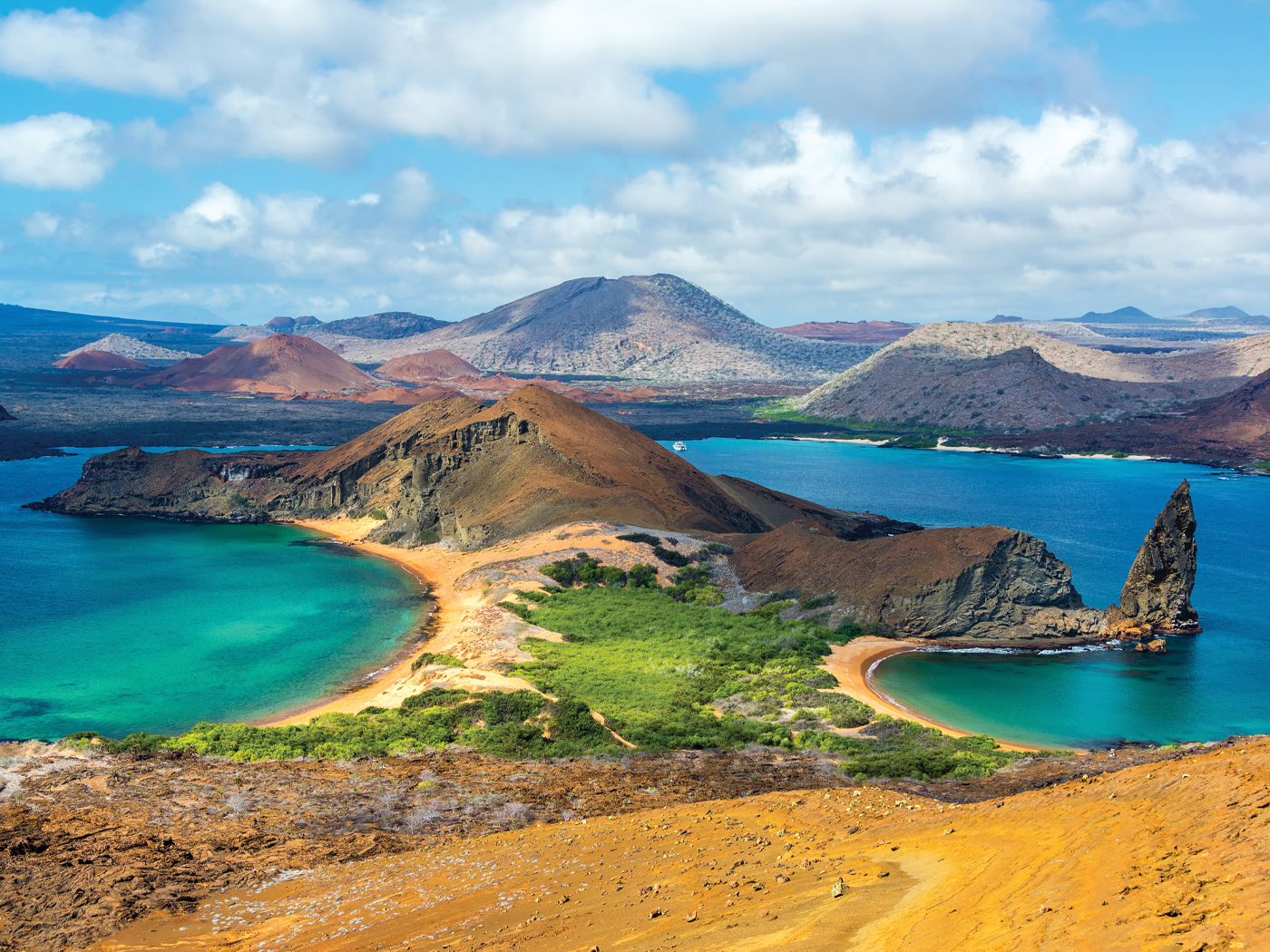A complex metabolic process called Chaperone-Mediated-Autophagy (CMA) was thought to be a recent evolutionary development in land vertebrates as it was only previously documented in mammals and birds. Now it has been found to be fully operational in fish—once again demonstrating that a lack of human knowledge is not evidence for evolution.1
Autophagy is an amazingly complex and ingenious process in which cells are able to degrade and recycle their own damaged or dysfunctional components. It not only allows for the efficient recycling of important molecules and biochemical structures, but produces a stable equilibrium between interdependent cellular elements and physiological processes. In other words, it’s essential to life.
Mutations in the genes that code for the proteins that control the autophagy processes typically result in disease and health problems. There are actually a variety of biochemical pathways for autophagy in the cell. One of these is called Chaperone-Mediated-Autophagy (CMA) and it contributes to the degradation and recycling of a wide range of proteins and is essential in the regulation of various cell functions, including gene activity, DNA repair, cell cycle regulation, and cellular metabolism. Mutations in genes regulating CMA have been linked to a number of human diseases, including neurodegenerative disorders, various types of cancer, metabolic problems, and immune system dysfunction.
Up until recently, scientists have believed that CMA was a recent evolutionary development that first appeared in land vertebrates, namely mammals and birds. This was due to researchers’ prior inability to locate genes associated with CMA in fish. And quite conveniently, this scenario fit well with the evolutionary claim that fish are the primitive ancestors of land vertebrates and would thus be supposedly lacking more advanced cellular systems.
More specifically, the evolutionists were basing their assumptions on the absence of any identifiable LAMP2A gene in fish. This gene encodes a necessary protein for CMA activity as found in mammals and birds. However, in 2018, researchers finally stumbled across some evidence for the gene in a fish database called Phylofish.2 They discovered that several fish species had active genes that were fairly similar to the mammalian version of LAMP2A. This finding startled them because it suggested that CMA was active in fish much earlier in vertebrate evolution than initially thought.
In this new study, these same researchers have bolstered the evidence for LAMP2A and CMA activity in fish.1 By using specialized fluorescent biomolecule reporting technology that can be visualized with a light microscope, they confirmed the existence of a CMA pathway in cells of the fish medaka (Oryzias latipes) as had been done previously in mammalian cells. They also mutated the LAMP2A gene in fish, which resulted in severe dysfunction in carbohydrate and fat metabolism—a result previously demonstrated in mice. Taken together, this new study shows that CMA also occurs in fish where it performs an essential role in cell metabolic regulation.
This new research also shows that the diverse complexity of autophagy systems was present in vertebrate systems fully formed and functional with no evolutionary precursors. While these results confound evolutionary ideas and presuppositions about life steadily progressing from simple to complex, the data fits perfectly with the creation model of plant and animal origins where complex cellular systems have been present from the very beginning and can be found at all levels of life.
References
1. Lescat, L. et al. 2020. Chaperone-Mediated Autophagy in the light of evolution: insight from fish. Molecular Biology and Evolution. DOI10.1093/molbev/msaa127.
2. Lescat, L. et al. 2018. CMA restricted to mammals and birds: myth or reality? Autophagy. 14 (7): 1267-1270.
*Dr. Tomkins is Life Sciences Director at the Institute for Creation Research and earned his doctorate in genetics from Clemson University.
Complex Metabolic Process in Fish Startles Evolutionists
The Latest
Did Scientists Find "6 Million-Year-Old Ice" in Antarctica?
by Jake Hebert, Ph.D., and Frank Sherwin, D.Sc. (Hon.)*
A small portion of surface ice in Antarctica is called blue-ice areas (BIAs), and for good...
Dinosaur Ridge: Last Stand of the Dinosaurs
Paleontologists have ranked Dinosaur Ridge as the top dinosaur track site in North America.1 Run by the nonprofit group Friends of Dinosaur...
An Incredible Year of Advancement! 2025 Year in Review
Dr. Guliuzza at chapel in Corban University, Salem, Oregon
The Institute for Creation Research had another incredible year advancing creation...
Creation Kids: Seasons
Hi, kids! We created a special Acts & Facts just for you! Have fun doing the activities while learning about the wonderful world God...
Why Is Natural Selection an Illusion?
Consider the following scenario. A population of organisms, let’s say racoons, lives in an environment somewhere on Earth and eats a variety...
Did Fossil Birds Live Longer than Today's Birds?
The Bible matter-of-factly states that humans living before and shortly after the Genesis Flood had centuries-long lifespans (Genesis 5 and 11). Yet...
Longevity Before the Flood
When gazing through a telescope, we see beauty so vast even the most powerful optics can’t see how far it spans. Trillions of stars are arranged...
CREATION PODCAST
The Complex Shape of DNA You’ve Never Been Taught | The Creation...
If you could stretch out the DNA in just one of your cells, it would be six feet long! And yet, it fits inside a space smaller than the tip of a needle...
Novel Orphan Genes Aid in Regulated Adaptation
Orphan genes (OGs) are genes that are unique to a specific kind of creature. This is especially significant when creatures that are considered evolutionary...
Sickle Cell Research Confirms TOBD Prediction: Directed Genetic...
Students of the creation-evolution debate know the changing explanations for how creatures originated and operate. Originally, the great minds of most...




















